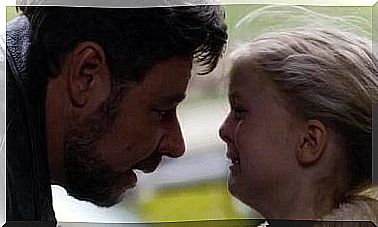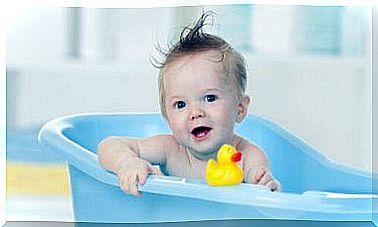Why Shouldn’t A Child Be Forced To Hug Or Kiss?
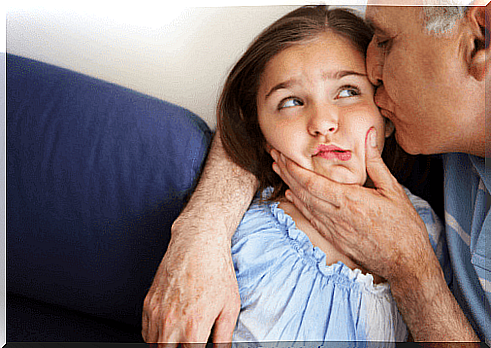
“Give your aunt a kiss!”, “Give your grandmother a hug!” and so on. You have probably heard such sentences in a great many situations. However, they sometimes cause discomfort to children and they may retreat when parents require them to give hugs or kisses. When a child shows affection under pressure, it is called a forced affection.
But is it right to force a child to make a physical connection or show affection when he or she doesn’t want to? What kind of message do you send your child about physical boundaries when you do this? Forced display of affection – yes or no?
Forced show of affection: are we sending the wrong message to our children?
Many people oppose forced displays of affection because they believe they are teaching children to cover up their true feelings. Others find forced display of affection manipulative. However, it can be detrimental in other ways as well.
When we force our children to show affection against the will, we message him that he does not own his own body. We teach him that any adult can force him to do things for his body, even if he doesn’t want to.
Author Katia Hetter addresses this issue in her CNN article “I Don’t Own My Child’s Body”. He notes that a forced display of affection – forcing children to touch someone when they don’t want to – makes them vulnerable to exploitation.
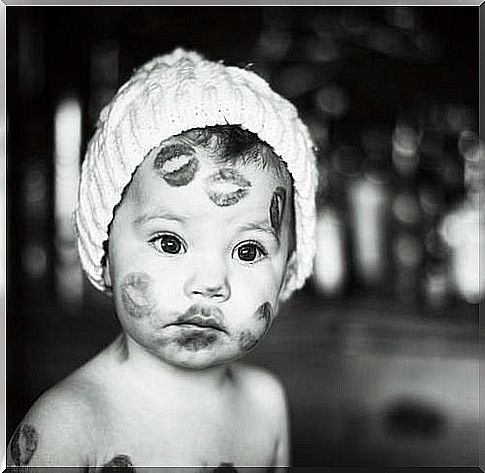
While this argument may seem like a ridiculous exaggeration, child psychology raises its voice in this regard in support of Hetter’s theory. Nichole M. stated that by forcing your child to show affection, “you are violating his comfort zone, allowing the child to learn to accept anyone into this unpleasant state”.
A CNN expert also assures that forcing children against the will to show affection also affects their relationships during adolescence. “Telling a child to kiss or hug an adult he or she doesn’t want to touch teaches him or her to use his or her body to please you or someone else in a position of authority, or really anyone,” Hetter writes.
How should these situations be addressed?
What could be better than acting as a positive role model for your child? Don’t be afraid to ask adults to leave your child alone and not force him or her. In this context, you should always respect and prioritize your child’s wishes over adults.
The ability of a parent to set healthy boundaries is key. Of course, you want to set boundaries that promote your child’s relationship with other people. But you also need to keep in mind the time your child needs to adjust. It is never acceptable for your child to be abused or ridiculed. You should also not let anyone else do this.
Teach your child to respect their own body
Teaching a child to respect their own body is paramount. To do this, he must learn about the limitations that apply to individuals who violate his or her personal condition.
The child should understand that no one should ever touch him or her if it feels uncomfortable. In addition, the child must understand that he or she has the right to decide on his or her own body. He dictates who is allowed to enter his personal space.
It is important that our children are free to decide. We need to explain to him that he has the power to decide if he wants to hug or kiss someone.
The child should never feel that these acts are mandatory. Instead, we need to teach our children to listen to their own feelings and instincts. This is an important starting point.
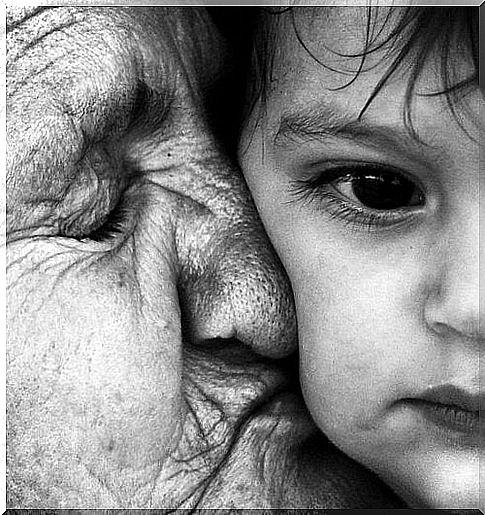
Attitude towards the injury of a rejected relative
We should never place a refusal to show affection in the category of bad behavior. Nor should we see it as a lack of respect or good behavior.
Katia Hetter clarifies that children can behave well and be respectful while maintaining their personal boundaries. “Behaviors – treating people with respect and care – don’t require showing physical affection.”
The first step is to explain our principles to those around us. They must also be prepared to accept this position. This decision will probably require some work, but it will still help others really appreciate the expressions of affection that your little one truly gives.
You can offer your child the opportunity to greet their loved ones in a less intimate way. For example, they can replace hugs and kisses with handshakes, pull-ups, or “fist pumps”. If your child is shy, these are great ways to teach him or her to treat others with care and respect.
As you can see, there is no reason to be frustrated or annoyed because your child does not want to show affection for others. You can simply talk about it with those people and teach your child other, more comfortable ways to greet. This is not about putting pressure on your child, but rather about working together to reach a positive solution.
What about you – what do you think about forced affection? What is your opinion on the information provided in this article, and what solutions have you found to solve unpleasant daily encounters?

